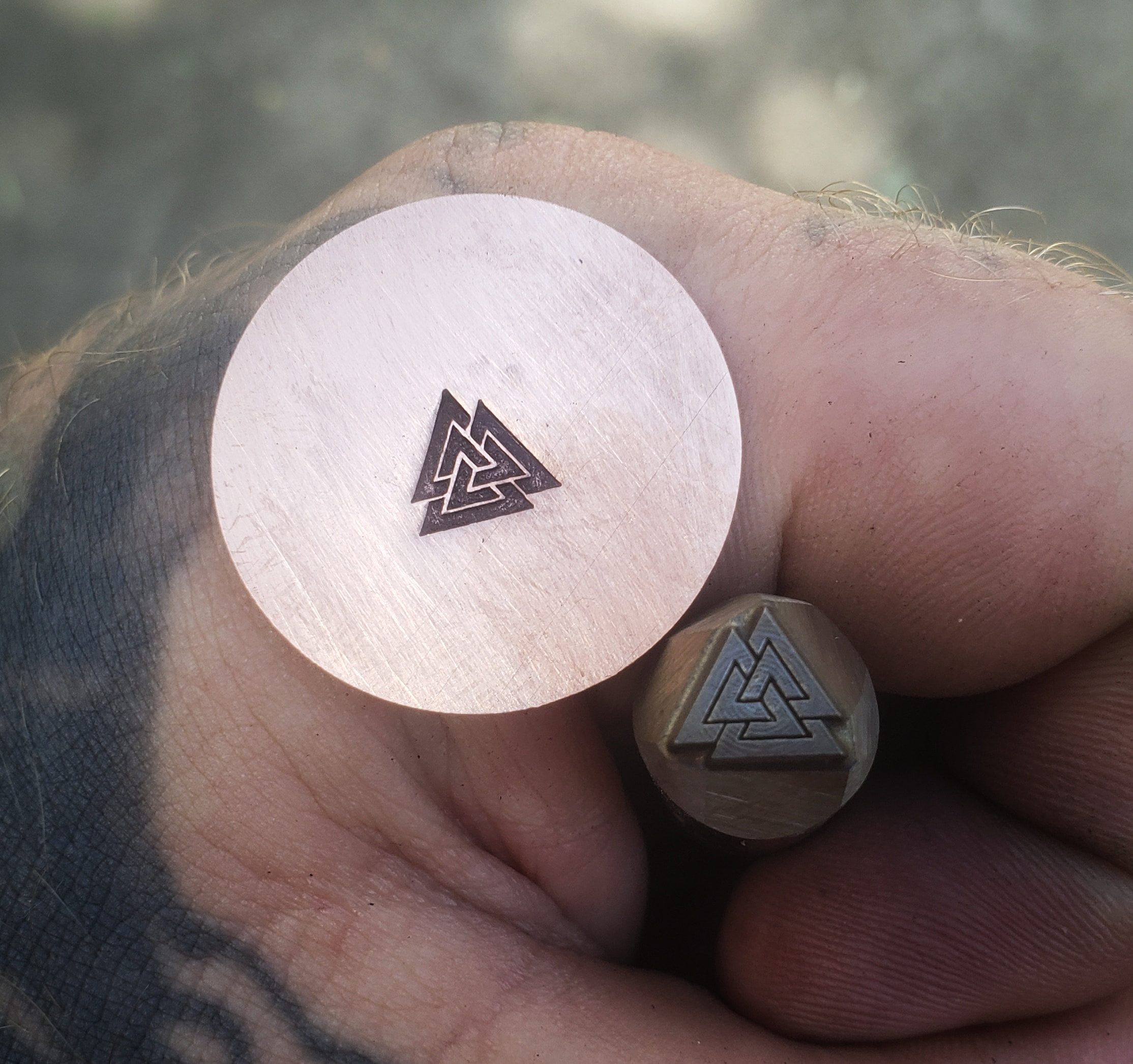
The cult mystery of it intrigued intellectuals, which is why I think we are more contemplative than others. From that thrill seeking counter-culture came Wicca as Gerald Gardner published it – but he was not the first, Golden Dawn, Masonic ritual, Crowley – it was lit and just exploded after being a Witch was no longer outlawed in England. The Celtic resurgence really took a leap during Victorian England times, as spirituality, religion, ghosts, Goddesses, etc were popular. Germany had extensive contact with the Vikings and all North cultures – so Heathen made it’s way up into the Scandinavian vernacular. And it caught on, and Heathen became the exact slang that Pagan was being used for, meaning dumb ass country bumpkin. Rome did take what is now Germany….somewhere in there a dude called someone Heath, which meant “inhabiting open land/country” basically BFE.

Since no Armies marched by, the slang term didn’t really reach the Vikings or any Scandinavian cultures….sort of. The Romans made it up to Brittania, took most of the Balkans, but Scandinavia wasn’t reached nor conquered, so the Latin influence and culture change didn’t happen. As the Legions moved through the countryside, whenever they came upon these unconverted lesser people, they called them Paganu or Pagan, but used it in a derogatory way like stupid redneck is used today. Since everyone in the Roman Military, and at times the entire empire, had to be worshipers of Jupiter and their Gods regardless of where they were….however, the country folk out in remote areas, were usually slow to convert or just hadn’t been reached yet. It’s more than a religion though, 8its a lifestyle and you have to find answers on your own.įirst question – Pagan gets its roots from the Latin Paganus/is which meant country dweller. So if I can’t achieve Valhalla because my ancestors were Celtic as well, I know I will still fight for them because that is exactly what the gods want to see: selfless sacrifice for the betterment of others and yourself. You will find many people who say that Heathenry is a completely folkish pursuit and should not be “contaminated” by people with non-Scandinavian ancestors, but the legends (if you wish to believe in magic and the possibility that these gods take an active role in our lives) state the gods created mankind, not just scandinavians. Dying in service to your lord (President, Mayor, Family head, etc.) could also earn you glory and this a spot in Valhalla. As for the other, original, post I would say that Asatru is a religion under reconstruction and we do not have all the answers or traditions that the arch-heathens did. If you don’t like Asatru or think it’s evil you can shimmy out. The othala rune signifies the home and one’s ancestors. The triceps was used into the middle ages as a magical sign of protection. A variation called an “open” valknut, due to the looser, non-unicursal design:Īnother, less common version of the Valknut, called a triceps, resembles a cut-away triangle, or a triangle formed of three diamonds (three ‘othala’ runes interwoven): The Valknut is also an important symbol to many followers of the Asatru religion, who often wear it as a symbol of the faith. The symbol’s nine points have an obvious correlation with childbirth the placement of the symbol on funeral monuments mark it as a sign of rebirth of reincarnation. Their interwoven shape suggests the belief of the inter-relatedness of the three realms of earth, hel, and the heavens, and the nine domains they encompass. The number nine also suggestive of the Nine Worlds (and the nine fates) of Norse mythology. The nine points suggest rebirth, pregnancy, and cycles of reincarnation. The Valknut’s three interlocking shapes are suggestive of related Celtic symbols of motherhood and rebirth- it may have been a goddess symbol at some point in history. Some versions of the valknut can be drawn unicursally (in one stroke), making it a popular talisman of protection against spirits. The emblem is often found in art depicting the God Odin, where it may represent the gods power over death.


It is best known as the Valknut, or “knot of the slain,” and it has been found on stone carvings as a funerary motif, where it probably signified the afterlife. The emblem at left found on old Norse stone carvings and funerary stelés, is sometimes called “Hrungnir’s heart,” after the legendary giant of the Eddas. Also known as: Hrungnir’s heart, heart of the slain, Heart of Vala, borromean triangles


 0 kommentar(er)
0 kommentar(er)
